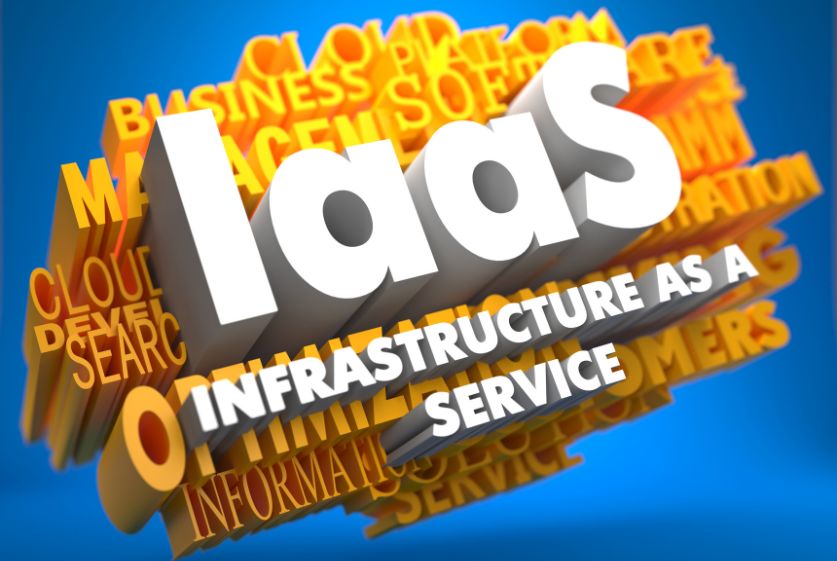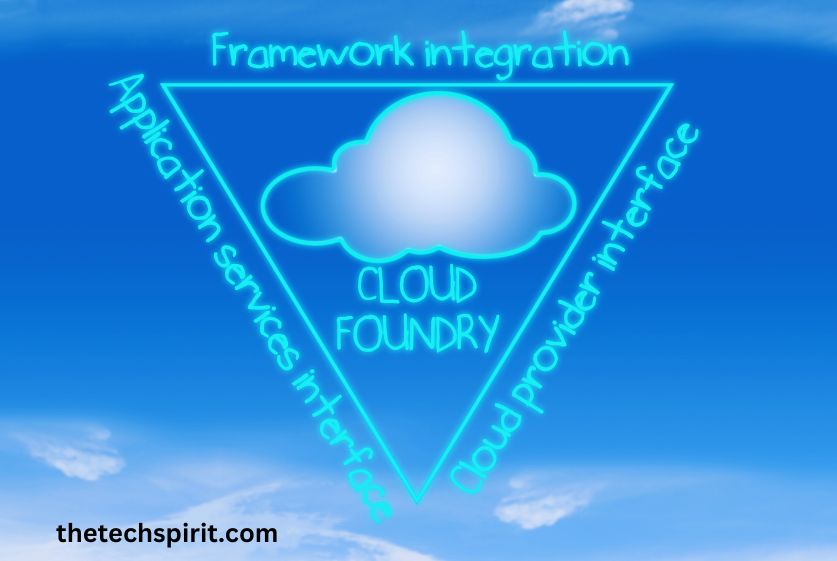Table of Contents
Introduction to Cloud Foundry Cost
Deploying applications on Cloud Foundry cost offers many advantages, but like any cloud platform, there are costs involved. Planning and estimating these expenses accurately allows you to control cloud spending and maximize the value.
I am sharing my experience about the key components that contribute to Cloud Foundry pricing, methods to predict and optimize these costs, and how it compares to other popular hosting solutions. Use these insights to make informed decisions when adopting Cloud Foundry.
What is Cloud Foundry?
Cloud Foundry is an open-source, cloud-native platform-as-a-service (PaaS) solution. It streamlines deploying, running, and scaling applications using an automated cloud operating system.
Key features include:
- Automated infrastructure management – Provisions servers, load balancing, and networking.
- Choice of application runtimes – Deploy apps in Docker, BOSH, and Kubernetes.
- Managed services integration – Add-on databases, queues, storage, APIs.
- App lifecycle management – CI/CD, monitoring, logging, scaling.
- Multi-cloud portability – Switch between public clouds, and private data centers.
This abstracts infrastructure complexities, enabling developers to focus on coding applications.
Major public cloud vendors offer managed Cloud Foundry services:
- Pivotal Web Services
- IBM Cloud Foundry
- SAP Cloud Platform
- AWS Elastic Beanstalk
- Azure Spring Cloud
- Google App Engine
Many large enterprises also run private Cloud Foundry installations.
Cloud Foundry Architecture Overview
The Cloud Foundry architecture consists of the following key components:
- The Cloud Controller handles API requests and manages applications.
- Availability zones spread instances across isolated hardware for high availability.
- The Router routes external traffic to applications.
- Application containers execute app runtimes like Java and Node.js.
- Backing services provide add-on functionality via managed services.
- The BOSH outer stack deploys everything on infrastructure.
This distributed architecture scales seamlessly as app usage grows.
Cloud Foundry Cost Considerations
Cloud Foundry pricing involves several factors that contribute to your overall costs:
Infrastructure Costs
The base layer consists of the underlying IaaS providing servers, storage, and networking. These have associated hourly or monthly costs that must be budgeted.

Application Runtime Costs
You pay for the computing resources consumed hosting your app instances on top, charged per GB hour usage.
Additional Managed Services Costs
Any backing services like caching or databases used incur additional fees based on metered usage metrics.
Management and Operations Costs
Day-to-day platform administration tasks have personnel costs even if automated. Building custom integrations also requires effort and expense in allocating engineers. Factoring in each area provides an accurate Cloud Foundry total cost of ownership model.
Estimating Your Cloud Foundry Costs
Several techniques can forecast Cloud Foundry expenses for budgeting:
Calculate Infrastructure Costs
The infrastructure provider details the server, storage, and networking charges. Total these base costs.
Account for Runtime and Services Usage
Multiply the expected peak application instance count by the average GB hour pricing for your runtime stack. Add backing services fees.

Factor in Management Overhead
Determine engineer time spent on operations like patching, upgrades, and monitoring. Consider any additional tools for automation. Tallying these key components produces a realistic total. As workloads grow over time, expand this analysis.
Optimizing and Controlling Cloud Foundry Costs
Once you’ve estimated expenses, several best practices minimize Cloud Foundry costs:

Right-size Infrastructure
Scale server instances vertically for efficiency. Review storage and networking needs regularly.
Choose Appropriate Runtimes
Leverage lightweight containers for web apps. Use minimal language stacks like Go over Java.
Scale Services to Match Usage
Allocate DB instances by traffic patterns to avoid over-provisioning. Scale up and down programmatically.
Automate Management Tasks
Script infrastructure changes, deployments, and failover checks. Automate scaling rules with platform metrics.
Use Cost Monitoring Tools
Cloud Foundry providers offer granular cost analytics. Get alerts on spikes or budget thresholds. Targeting these areas minimizes waste while delivering performance.
Comparing Cloud Foundry to Other Platforms
Contrasting Cloud Foundry with other hosting models clarifies advantages:
Contrast with IaaS Solutions
Infrastructure-as-a-Service like AWS EC2 offers more granular resource controls but requires extensive manual configuration using Terraform, Ansible, or shell scripts. Cloud Foundry reduces this overhead via automation.

Compare to Other PaaS Options
Managed platform services like Heroku simplify deploying apps but limit the choice of languages and containers. Cloud Foundry supports more open runtime options. Cloud Foundry delivers easier infrastructure management versus IaaS, with more application portability than turnkey PaaS alternatives, at a modest cost.
Conclusion and Key Takeaways
Planning Cloud Foundry costs requires summing infrastructure, runtime, services, and operational expenses. Following best practices minimizes these fees while still delivering scalable and robust application hosting.
Key takeaways:
- Calculate total cost using a breakdown model and usage estimates.
- Right-size underlying resources to needs.
- Choose lightweight runtimes and scale services judiciously.
- Automate management tasks rather than manual work.
- Analyze spend over time to optimize.
Comparing Cloud Foundry to other platforms shows the advantages of blending automated infrastructure with portable application frameworks for efficiently hosting apps in the cloud. Understanding these cost factors allows you to benefit from the power of Cloud Foundry while controlling expenses.
FAQs
What are the main costs associated with using Cloud Foundry?
The main Cloud Foundry costs involve infrastructure expenses, application runtime usage fees, any additional managed services, plus operations and management overhead.
How can I estimate my Cloud Foundry costs?
Add up the projected fees for your servers, databases, storage, and networking, multiply by runtime hours needed for your app instances, factor in services usage like caching and databases, and include engineer time spent on tasks like monitoring and patching.
Does Cloud Foundry save money over traditional virtual machines?
Yes, automated infrastructure management can save significantly on operations costs by reducing manual configuration and scaling work compared to IaaS solutions.
Is Cloud Foundry more expensive than other PaaS options?
Cloud Foundry is competitively priced with alternatives like Heroku but offers more flexibility for supporting diverse application architectures. The increased automation offsets the runtime expenses.
How can I control my Cloud Foundry costs?
Optimize infrastructure sizing, choose lightweight app runtimes, scale backing services tightly to match demand, automate operational tasks instead of engineers, and leverage cost visibility tools to find savings.









